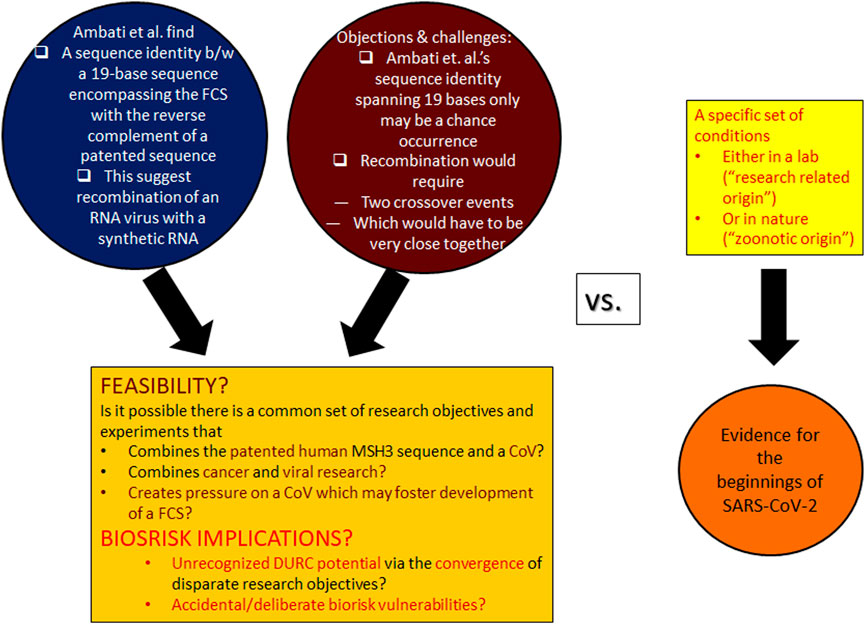
It has been just over two decades since the human genome project was finalized, which decoded the chemical structure of (almost) our entire genetic code and set the stage for numerous medical innovations, along with gene-editing technologies. After reading and editing the genetic blueprint, researchers now aspire to compose it. Recent strides in developing the synthetic genome of yeast and the bacterium, *Escherichia coli*, have led the global medical charity, Wellcome, to believe it’s time to embrace the greater challenge of synthesizing the human genome in the laboratory. This endeavor promises to revolutionize our comprehension of essential biological mechanisms, such as gene regulation and disease. Genome synthesis enables alterations on a larger scale than those possible through gene editing, facilitating the discovery of causal links between DNA and human traits.
## What is the Synthetic Human Genome Project?
The Synthetic Human Genome Project (SynHG) is expected to take decades to finish and may cost anywhere from millions to hundreds of millions of pounds. In comparison, merely reading the human genome incurred a cost of about $3 billion (£2.2 billion) and required 13 years to accomplish. Wellcome, which contributed funding to the initial human genome project, is allocating £10 million to researchers at the universities of Cambridge, Kent, Manchester, Oxford, and Imperial College. Within the next five years, they aim to reconstruct one small chromosome – representing about 2% of human DNA. The specific chromosome to be recreated is still undecided, as researchers concentrate on establishing the techniques to write and assemble DNA.
## Why bother recreating the human genome from scratch?
What captures Wellcome’s interest is what scientists could achieve in the process of synthesizing the human genome. The research is anticipated to facilitate the development of innovative technologies and methodologies that could be routinely employed to insert long segments of DNA into human cells, enabling drug screening and novel cell therapies. There is also optimism that it will assist scientists in comprehending how mutations within entire genes or across multiple gene regions contribute to complex diseases. Creating the tools for synthesizing a human genome should also be applicable to manipulating other intricate genomes, such as those of plants. For instance, researchers might engineer plant species to better withstand climate extremes, thereby safeguarding food security.
## What are the hurdles to recreating the entire human genome?
Synthesizing merely those 50 million base pairs of nucleotides for the initial small chromosome, out of the three billion that comprise the genome, entails overcoming numerous challenges. One of these challenges is financial. Unlike DNA sequencing, where costs have dramatically dropped, synthesis remains costly – in terms of error screening, isolating accurately synthesized DNA, and the volume of organic solvents necessary. Some companies are attempting to minimize the chemical waste produced and are utilizing ‘greener’ solvents. Human DNA contains a significant amount of non-coding DNA, often referred to as ‘junk,’ with sequences repeating numerous times. These sequences can influence gene expression or serve structural functions and prove to be difficult to synthesize and link together. Scientists can reliably produce a few hundred base pairs using current chemical techniques, but the longer the sequence, the more frequent the errors that need to be filtered out. Some companies have engineered enzymes that can assemble DNA sections of up to a few thousand bases. Beyond that, DNA can be joined through cloning in bacteria, but this method also introduces errors.
## How can chemistry help the project?
Researchers are hopeful that chemists will make progress in providing long stretches of 20,000 base pairs and more, allowing them to concentrate on refining the tools for assembling them. New methodologies are necessary, and various commercial providers are competing to develop sequence synthesis technologies that could both advance the project and cut costs. Creating more applications for synthetic nucleotides is also expected to drive technological progress.
## What are the ethical implications?
At this point, any synthetic DNA developed is strictly intended for use in human cells within a laboratory environment. These will originate from a cell line derived from retinal pigment epithelium. However, coupled with the scientific advancements is a social science initiative aimed at addressing the ethical, legal, and social ramifications of constructing genomes in the lab. There are apprehensions regarding the potential misuse of the technology, such as the emergence of ‘designer’ babies, prompting scientists to proactively engage in discussions surrounding the social, legal, and policy-related issues.